Eco-Friendly Parenting
Last week, we explored the differences between cloth and disposable diapers and the ways that cloth diapering may help you reduce your spending and protect the environment. But cloth diapering is not the only way to be an earth friendly parent. There are many ways that you and your partner can raise your baby in an eco-conscious way from the foods you choose to the way you decorate the nursery. A few simple changes to your lifestyle and some extra effort to conserve your resources and you will be on your way to green parenting. Here are 10 tips to help you get started!
1) Start making changes before you conceive: Embracing a green lifestyle before conception will get you on the right track for a healthy pregnancy. Making choices such as eating organic, choosing plant-based cleaners, limiting exposure to pesticides and being product savvy when buying makeup and skincare products will help keep you and your future baby safe from harmful chemicals.
2) Breastfeed: In addition to all the amazing benefits breastfeeding boasts for both mom and baby, there is no packaging, no preparation, no transportation and no waste in comparison with formula feeding. And while it is not necessary for you to be as cautious in general as when you were pregnant, breastfeeding moms should limit exposure to chemicals such as mercury, led and nicotine--all which can be transferred through the breastmilk to baby.
3) Cloth diaper: While disposable diapers can contain bleach, perfumes, latex and other potentially harmful chemicals, cloth diapering offers a safe and earth conscious alternative for baby. Cloth diapering also significantly reduces annual landfill waste by 6,000 diapers per child. To avoid racking up hefty water and electric bills from the extra loads of laundry, buy a high-efficiency washing machine. If cloth diapering is not for you, there are also a number of eco-friendly disposable diaper options on the market.
4) Create a non-toxic nursery: Lots of chemicals can be unknowingly involved in the creation of a new room such as toxic paint fumes and furniture stains. Choose products that have low VOC (volatile organic compounds) levels, are solid wood and have low emitting finishes. Also, ensure that your baby’s room has good ventilation or a quality air filtration system.
5) Make your own baby food: To ensure that your baby is not getting unnecessary sugar, salt and preservatives that may be found in store bought baby food, consider buying organic vegetables and fruits and making your own. Homemade food can be easily made in a blender, frozen and then thawed at each feeding. Be sure to choose storage containers that are BPA free. If making your own baby food sounds too time-consuming, buy organic baby food instead. Choosing to feed your baby organic foods can limit exposure to toxic pesticides and chemicals by up to 97 percent.
6) Clean your home with natural cleaners: Store bought household cleaners can contain many harmful chemicals that are best not to use around baby. Try making your own all-purpose cleaner with simple ingredients like vinegar, lemon juice and baking soda to avoid exposure to these potent chemicals. Also, choose a laundry detergent that is free and clear of perfumes and dyes for your baby’s sensitive skin.
7) Reuse and recycle: There are many ways to get quality baby clothes, toys and gear secondhand such as hand-me-downs from friends and family and shopping consignment instead of department stores. Often, items have been very gently used since babies outgrow them so quickly. Things you should not purchase second hand include breast pumps, for contamination reasons, and car seats that may not meet current safety standards.
8) Bathe smart: Your baby only needs to take a bath 2-3 times per week as long as you are taking care to clean the diaper area thoroughly after changes. Bathing more frequently than this can actually cause excess drying of their delicate skin. Also, choose bath products that are free of dyes, perfumes and phthalates, all which can be irritating to the skin.
9) Only use safe plastics: Choose plastic wear for your baby that is BPA free and is marked with the numbers 1, 2, 4 or 5. Avoid plastics marked with a 3, 6 or 7. Never microwave plastic containing baby’s food or drink. You may consider avoiding plastic altogether by using glass bottles and buying wooden and cloth toys.
10) Teach earth-conscious living: One of the best ways to raise an eco-conscious kid is to lead by example. Demonstrate your respect for the environment by teaching recycling and conservation, not being wasteful and turning off electronics and lights around the house when not in use. Help your child learn to appreciate the beauty of the environment around them and all the resources it provides by planting a garden or taking nature walks.
Raising an earth friendly child begins with you and your partner, at home. Practicing the above eco-conscious habits will not only help protect your little one from exposure to toxic chemicals but will also demonstrate to them the importance of protecting their environment. It is never too early or too late to begin living an environmentally conscious lifestyle. For questions about having a natural birth or any and all topics related to pregnancy, please contact Health Foundations for a free consultation with a midwife and for a tour of our Birth Center.

